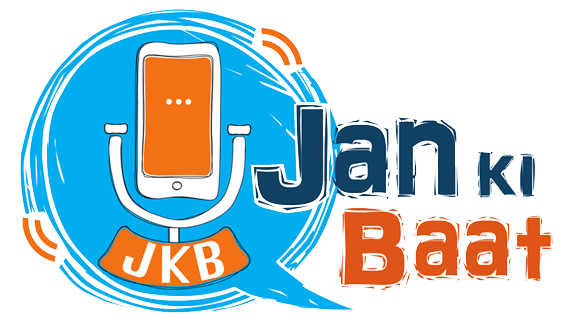Goods and Services Tax came into existence from July 1, 2017. In simple words, GST is a combined tax that would be levied in order to minimise all the other taxes.
Although, it proved beneficial for some, it also made many worse-off. It has been three months since GST has been rolled out. So, it becomes necessary to discuss and talk about the consequences for any further changes.

On 6 October, the government presented some new amendments to GST.
Pradip Bhandari summarised this change in a single hastag- ‘Diwali ki pukaar, Modi sarkar ka GST Sudhaar’.
Here is what he said-
“This is clearly a decision taken for the exporters who were feeling the brunt of the whole compliance.”
“The Reverse charge mechanism is a big revolutionary step.”
“There is clash between the critics who are asking if the government is acting in an ad hock manner while they say that it is a responsive government.”
“The Finance Minister Arun Jaitley stated that the country should move towards a lower tax base and less GST rates. This requires a roadmap.”

Here are the key changes that took place-
- A relief for small and medium traders and also exporters.
- The council agreed to raise the threshold for the composition scheme.
- RBI Governor has suggested simplifying GST to boost growth.
- The reverse charge mechanism has been suspended till March 2018.

- One decision was to let businesses with less than 1.5 crores annual turnover to pay taxes on a quarterly basis.
To know in detail, click here.
GST, from the very inception of its idea till now has always been a burning issue to the people. This is something that can modify our economy incredibly.
Jan Ki Baat will give more updates on GST. Keep following us.
